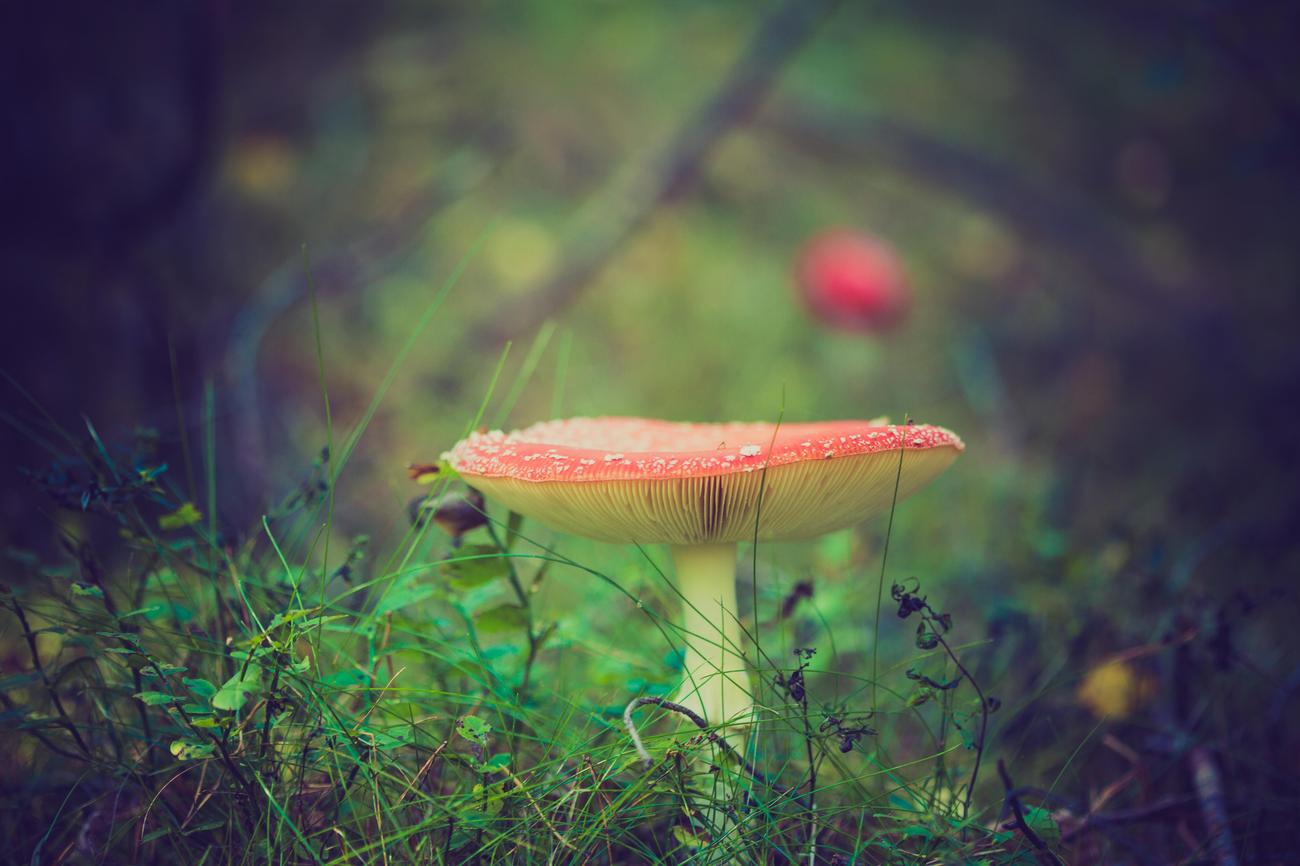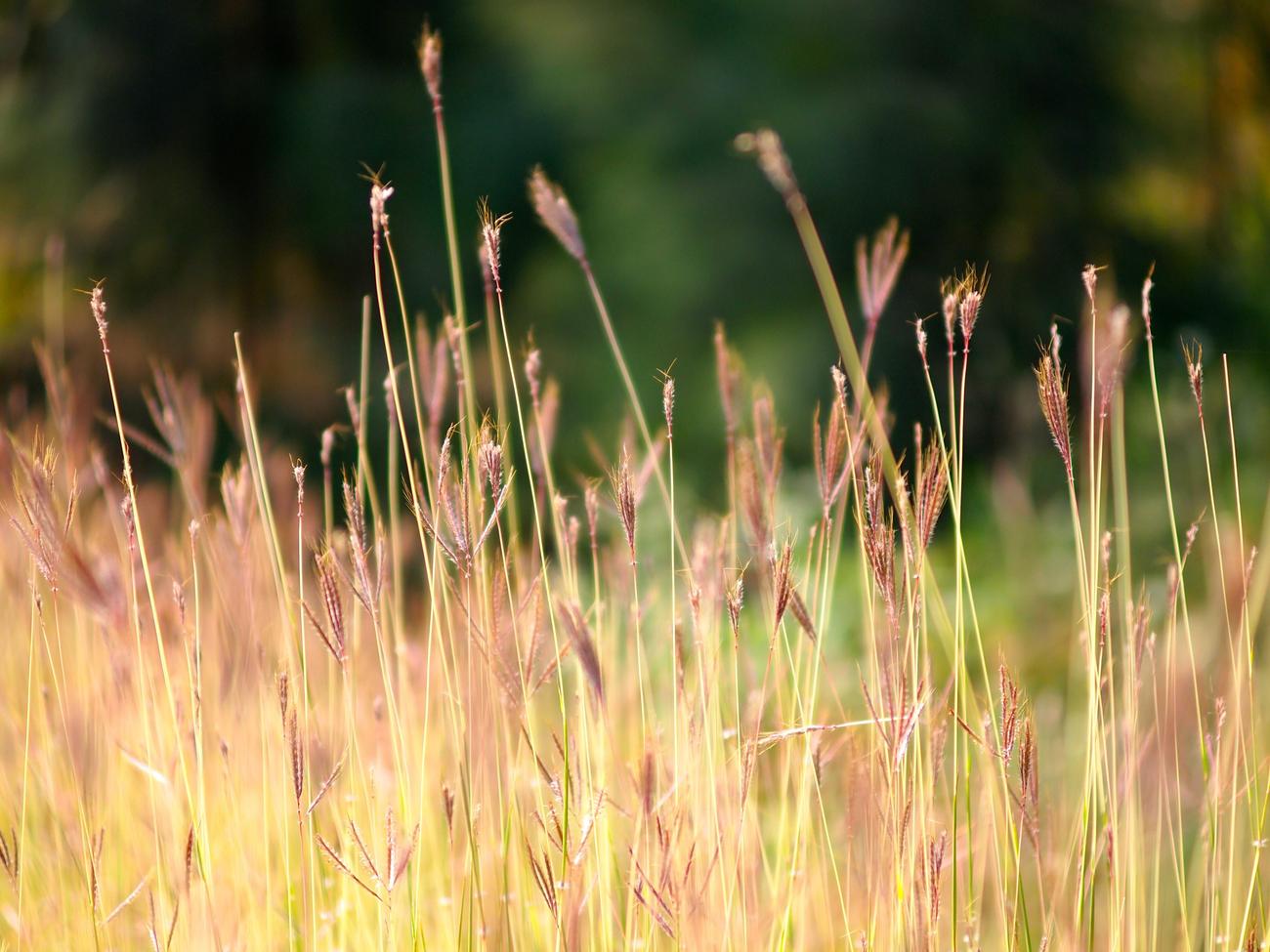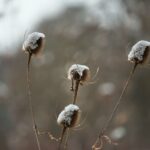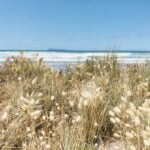Are you ready to embark on a journey to discover the enchanting secrets of the natural world? Brace yourself as we delve into the captivating universe of cotton grass – a plant that holds both aesthetic beauty and ecological significance. In this article, we will unravel the fascinating mysteries behind this unique species, allowing you to gain a deeper understanding of its role in sustaining our precious ecosystems. So, get ready to be amazed by the remarkable wonders of cotton grass and the vital part it plays in preserving the delicate balance of our environment.

Cotton Grass Information
Cotton grass, also known as common cotton-grass, is a fascinating plant that belongs to the Eriophorum genus and the Cyperaceae family. Its unique characteristics and ecological significance make it an intriguing subject to explore. From its physical attributes to its habitat preferences, let’s delve into the captivating world of cotton grass and uncover its hidden wonders.
Physical Attributes of Cotton Grass
Standing at a maximum height of 12 inches, cotton grass showcases flat leaf blades with rough margins. These blades contribute to its distinctive appearance and are a key feature to identify this plant. However, it is the flowers that truly steal the show. [^1^] Appearing as fluffy balls of cotton, they come in two main colors: white and coppery. These delicate blossoms add a touch of beauty to the landscapes where cotton grass thrives.
Thriving in Wetland Environments
Cotton grass is primarily found in the tundra biome, but it also flourishes in bogs, conifer swamps, and marshes. Its ability to grow in wetland habitats is a testament to its adaptability. It can even withstand standing water up to 2 inches deep. [^2^] This riparian plant adds visual allure to these unique environments and plays a crucial role in their ecological balance.
Seed Adaptations for Germination
The seeds of cotton grass are a marvel in themselves. Long and narrow, they possess a brown or copper color. What sets them apart, though, are the white bristles that cover their surface. These bristles serve a vital purpose – they enable the seeds to adhere to favorable germination ground. Whether it is peaty soil or damp calcareous ground, cotton grass seeds ensure their successful growth by strategically attaching themselves to the right surface. [^3^]
Rugged Resilience
Despite its name, common cotton-grass is not a member of the grass family. Instead, it is part of the sedge family. This divergence in classification highlights the unique characteristics that make cotton grass stand out among its peers. Its ability to thrive in a variety of wetland environments showcases its resilience and adaptability. Cotton grass truly knows how to withstand the challenges that nature throws its way. [^4^]
From its captivating appearance to its resilience in wetland ecosystems, cotton grass presents a world of wonder and ecological significance. Its delicate flowers and unique seed adaptations paint a picture of nature’s ingenuity. Next time you come across cotton grass, take a moment to appreciate the intricate beauty that lies within this extraordinary plant.
“Cotton grass, with its fluffy cotton-like flowers and unique seed adaptations, is a remarkable example of nature’s creativity.”
Table: Key Information about Cotton Grass
| Aspect | Information |
| ——————– | ——————————————————- |
| Genus | Eriophorum |
| Family | Cyperaceae |
| Height | Up to 12 inches |
| Leaf blades | Flat with rough margins |
| Flowers | White or coppery fluffy balls of cotton |
| Seeds | Long and narrow, brown or copper color, with white bristles |
| Preferred habitats | Tundra biome, bogs, conifer swamps, marshes |
| Adaptability | Can grow in up to 2 inches of water |
| Classification | Sedge Family |
Now that you have gained valuable cotton grass information, explore the world around you with a keen eye, and embrace the wonders that lie beneath the surface. Happy nature adventures!
Cotton grass is a fascinating plant that can be found in various wetland environments. It may surprise you to learn that there are actually three intriguing facts about cotton grass that you may not be aware of! To discover these facts, click here: 3 facts about cotton grass. Get ready to delve into the captivating world of this unique plant species. In the midst of your exploration, don’t forget to keep an eye out for the stunning cotton-like tufts that make cotton grass so visually appealing. Whether you’re a nature enthusiast or simply curious about the wonders of the natural world, this link is your gateway to unlocking the secrets of cotton grass. Happy reading!

FAQ
Q: What is cotton grass?
A: Cotton grass belongs to the Eriophorum genus and the Cyperaceae family. It grows up to 12 inches in height and has flat leaf blades with rough margins. Cotton grass is riparian and can grow in up to 2 inches of water.
Q: How does cotton grass look?
A: Cotton grass flowers appear as fluffy balls of cotton, either white or coppery in color. The seeds are long and narrow, brown or copper in color, and have white bristles that help them adhere to favorable germination ground.
Q: Where does cotton grass grow?
A: Cotton grass is a common member of the tundra biome and grows in bogs, conifer swamps, and marshes. It can also be found in wetlands and peaty ground, both calcareous and acidic, and often grows in standing water.
Q: Is cotton grass a type of grass?
A: Despite its name, common cotton-grass is a member of the sedge family rather than being a grass.
Q: What is the ecological significance of cotton grass?
A: Cotton grass plays a vital role in ecosystems. It provides shelter and food for various animals, helps regulate water levels in wetlands, and contributes to carbon sequestration. Understanding its ecological significance is crucial for preserving and managing these habitats.
- Unlocking Francis Alexander Shields’ Finance Empire: A Comprehensive Biography - July 12, 2025
- Unveiling Francis Alexander Shields: A Business Legacy - July 12, 2025
- Francis Alexander Shields’ Business Career: A Comprehensive Overview - July 12, 2025















